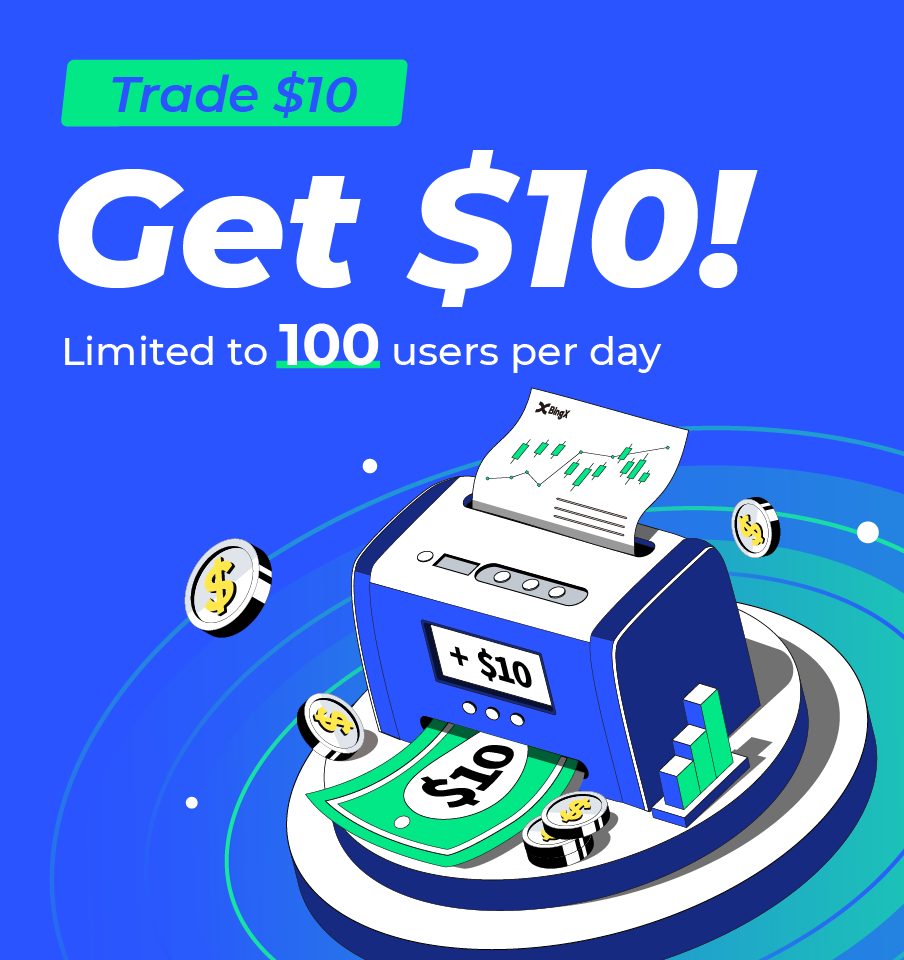Tokenomics is an essential part of the world of cryptocurrencies (tokens), which should be understood, at least in the basics, by every experienced investor. It is usually explained in detail in the project documentation or in a document called the whitepaper and should give an idea of the functionality of the token. If the project has a poorly set tokenomics, which usually means that it does not match the project product, problems arise. These can often be fatal for company, and, of course, complications will not be missed by investors who hold the cryptocurrency. From the introductory sentences, it is probably clear why tokenomics is something you should understand. Today we will look at how to recognize and identify good and bad tokenomics of projects.
 Business analyst working, Source: shutterstock.com
Business analyst working, Source: shutterstock.com
Correctly set tokenomics stimulates “good” user behaviour, and, conversely, inappropriate behaviour is suppressed. Under improper conduct, we can imagine, for example, a particular way of exploiting the ecosystem of the project to the detriment of other users. The created ecosystem should be beneficial for the project product itself and thus increase the token’s attractiveness. Many tokenomic models do not meet these ideals. Probably the worst example is tokenomics, which is set up almost exclusively for the benefit of token makers. A key aspect is that design, along with greater token acceptance, must also bring more value.
Pay attention to the most critical tokenomics metrics
The most critical metrics for token and project valuation include total supply, market capitalization, and so-called Fully Diluted Value (FDV). This data is publicly available on most projects on portals such as Coinmarketcap or Coingecko.
Market capitalization is equal to the product of the supply in circulation and the price of a given token. It shows us how the project is valued by the market and can be a signal of growth potential as well as overestimation.
The total supply represents the number of tokens already created from which the burned tokens are deducted. It should be noted that the total supply is not the same as the maximum supply, which represents the maximum possible number of units during the entire “lifetime” of the token. Indeed, some cryptocurrencies do not have a finite number of units (e.g. ETH), and investors know that new units may be entering the market, which of course, has a significant impact on price. However, not all ecosystems that do not have a fixed maximum supply must necessarily be perceived negatively. There are various mechanisms designed to slow down or stop the dilution of the supply.
The last metric we mentioned was the fully diluted value – FDV. This is equal to the total bid multiplied by the price and is essentially the market capitalization of the project if all tokens were in circulation. If the FDV is astronomically high compared to the market capitalization, it signals that there are still more tokens on the market. This can, of course, be very bad for the price of the token, as supply may enormously exceed demand in the future.
Monitor token distribution and allocation
These data relate mainly to the origin of the token and its distribution among the holders. It is important that this information is publicly known, showing that the project is straightforward in tokenomics and is not preparing for any scam practices. The distribution is usually displayed in the form of a pie chart, which simply shows how many tokens from the total supply are allocated in different categories. We mainly monitor the sale of tokens to early investors, public sale of tokens, rewards for staking or liquidity providers, as well as rewards to the team.
 Business analyst working, Source: shutterstock.com
Business analyst working, Source: shutterstock.com
Some projects have a gradual release of tokens to the market, so investors do not have to worry about severe supply shocks when large numbers of new tokens enter the market at once. The ideal solution is locking in smart contracts, which are publicly available and can be checked relatively quickly. In addition, there is no way to bypass smart contracts, so we don’t have to rely on project promises. In this way, for example, the tokens of early investors or the team are locked. It is these groups of holders who are most motivated to sell at the first price increase, as they obtained their tokens cheaper or even completely free (team).
The best known token models
In general, we could say that we know 2 basic models of tokens – tokens with a fixed supply and inflationary tokens. The difference is whether or not the token has a maximum supply.
As we have already explained, for tokens with a fixed maximum supply, the final maximum number of units is known. However, we can also observe some form of inflation which arises, for example, through a token release plan. In this situation, more tokens enter the market in a relatively short period of time, and if the process is not adequately matched to demand, it can cause the token price to drop sharply. For example, if a project offers very high (hundreds to thousands of per cent) levels of staking or liquidity rewards, be careful. These rewards can attract a large number of users, who will then be motivated to sell quickly.
The second model is the so-called inflationary tokens, which do not have a final maximum supply. An excellent example of this model is the second-largest cryptocurrency Ethereum (ETH), where new units are created along with each mined block. However, we mentioned above that cryptocurrencies without a limited maximum supply do not have to be something bad, and nor is ETH. Its developers are creating various deflationary mechanisms in the ecosystem that should turn Ether into a deflationary cryptocurrency in the future.
For example, there is a demanding process of transition from Proof-of-Work (PoW) to Proof-of-Stake (PoS), and only recently an update called EIP-1559 has been implemented. It ensures that part of the transaction fees is burned in each transaction, which hampers the inflation process. In the event that such ETH burning precedes the creating of new units, we can speak of a deflationary cryptocurrency. In connection with the growing adoption, this will also have a positive effect on the price of ETH, and it is here that the value of the cryptocurrency (token) is closely linked to other aspects of tokenomics.
Token Utility
Finally, we come to probably the most important part of tokenomics, which is the usefulness of the token in the ecosystem of the whole project. We can imagine a project that has a great product, but the token is not directly integrated into its operation. Thus, the product’s value is not transferred to such token , and its price will not be positively affected even if the product is successful. The opposite extreme is companies without any exciting product, which often push their token price up only through marketing and hype. This is one of the reasons why experienced investors warn the market about investing in tokens, such as various memecoins, which often arise as a joke. You always have to ask yourself what the token is for. Does it bring any benefit? Does it come with any added value? Will it be used in the future? Is this token interesting for a large number of users?
 Analyst Examining Graph On Computer, Source: shutterstock.com
Analyst Examining Graph On Computer, Source: shutterstock.com
If the use of a token in a project is set up correctly, it is likely that it will be able to catch more product value, attract more users to the project, and therefore more capital. Consequently, it is in the best interest of each project to ensure that their token is usable.
There are many tokens (cryptocurrencies) that are used, for example, to pay for transactions on a given blockchain or to pay for a service that is hosted on a blockchain. This brings a natural form of demand because people need this token to actually do what they want to do (pay for the transaction or use some service).
Another form of value that a token can take on is project management and decision-making on important aspects of company development. In these cases, the token is used to vote on the next steps in the project. By holding tokens, users can vote, for example, on implementations of community-created proposals or on the release of new tokens.
The last helpful feature we will imagine is using tokens for staking. It allows users to lock their tokens for a period of time and earn a specific return for that activity. Part of the token offer will be withdrawn from the market. Most staking mechanisms are designed to make the blockchain more robust, and others are used exclusively to generate new tokens. The form of staking is also interesting, in which the income from a given product is redistributed to these users. For example, in the decentralized exchange SushiSwap thus receives a percentage of the generated fees on the exchange.
Let’s get over it one more time
As you already know, tokenomics plays a crucial role in crypto projects and literally determines a company’s future success or failure. Even great project with the best product can fail if the incentives from the tokenomics are not in line with that product and if the tokenomics fails to reflect the growing usage of the product.
 Business analyst working, Source: shutterstock.com
Business analyst working, Source: shutterstock.com
On the other hand, you have to be very careful about projects without any product, service or added value that will be of interest to many users. If the project only has a management token without any other use cases, the benefit may be limited. The token should simply capture as much of the value of the product or service as possible.
Also, pay attention to projects with unclear token distribution, as well as those in which most tokens are owned by early investors or a team, and it is not predetermined how new units will be released to the market. Tokenomics is a relatively complex discipline, but knowing these basics will make you better at avoiding bad investments.











Comments